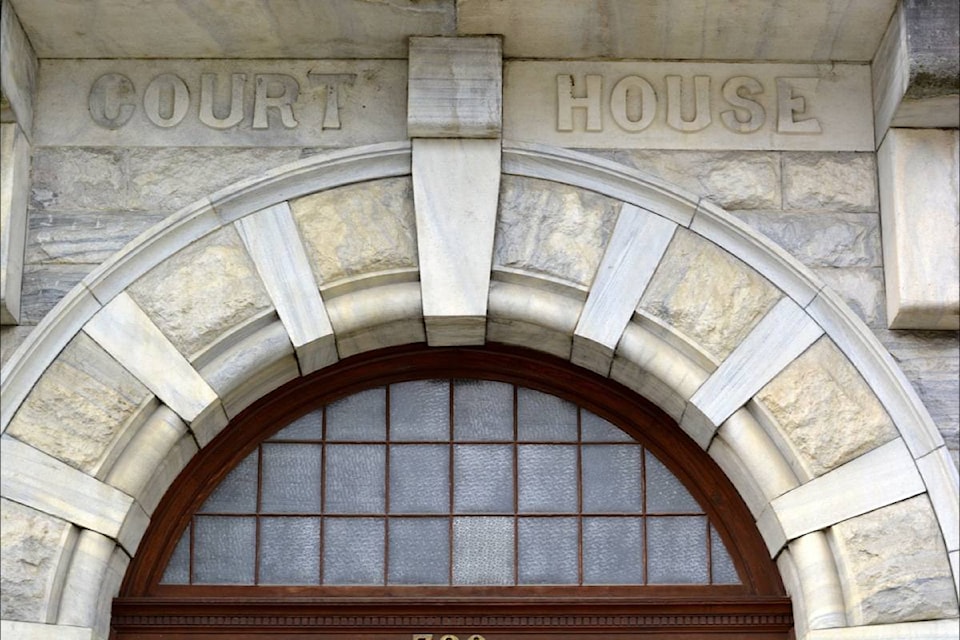By Eileen Delehanty Pearkes
Rick Desautel, the American Sinixt man found not guilty of hunting without a license in Canada earlier this year, was back in court last week in Nelson. The provincial government led an appeal of the decision, asking the B.C. Supreme Court to set aside the acquittal.
In 2010, Desautel shot an elk near Castlegar and was charged with hunting without a licence and hunting as a non-resident.
Judge Lisa Mrozinski acquitted him on the grounds that even though he did not live in Canada he was part of an aboriginal “rights-bearing group.”
The Crown’s appeal focused on the application of principles embedded in Canada’s Constitution.
Appearing before Justice Robert Sewell, the Crown framed the Sinixt story as one of their having “migrated” south across the international boundary in the late 19th century.
When they did so, the Crown asserted, they forfeited the right to be considered aboriginal people “of Canada.” Their argument referred to section 35 of the 1982 Constitution Act, a clause that confirms aboriginal rights as a founding principle.
They attempted to tie the application of such rights to contemporary residency, rather than historic and long-standing habitation.
Justice Sewell challenged Crown counsel Glen Thompson about whether or not his position was “arguing from silence,” given the lack of case law Thompson could provide to support the government’s position.
Desautel’s counsel Mark Underhill pointed out that Judge Mrozinski had ruled that the boundary’s existence had not stopped the Sinixt from hunting in their traditional territory for a number of decades following the boundary’s establishment, nor does it stop Desautel from legally entering Canada today.
In response to the Crown’s assertion that the boundary sets up a barrier to the Sinixt exercising an aboriginal right to hunt, Underhill said that this question could not be settled by the current matter under appeal, but would need to wait for another possible case, should one arise.
Citing case law from the past 20 years that has increasingly strengthened, defined and broadened the concept of aboriginal rights, Underhill asserted that aboriginal identity is formed by the people, not governments, and that identity must not be limited by residency.
The Sinixt, he said, no matter where they live today, are “from here,” and the aboriginal rights embedded in the Constitution apply to them, too. Interpreting the key constitutional phrase more broadly than the Crown, Underhill asserted that “Aboriginal people of Canada” reflected a culture of “belonging” and must be inclusive in its application.
Lawyer Rosanne Harvey, intervening on behalf of the Okanagan Nation Alliance (ONA), asked the judge to weigh carefully his use of language in defining the group to whom the aboriginal right to hunt applied.
A number of people claiming Sinixt ancestry live on other Canadian reserves in B.C., including some that are part of the ONA. Harvey argued that the terminology naming the tribe at issue is important, to preserve “the ability of Sinixt residents in B.C. to exercise their aboriginal rights.”
The Crown also asked the judge to consider that confirmation of aboriginal rights to the Sinixt (declared “extinct” by the federal government in 1956) might create challenges for the land claims process currently underway, could reduce populations of ungulates available to B.C. residents and aboriginals, and might limit the success of hunting and guiding operations, currently the service-provider for non-residents who wish to hunt here.
Justice Sewell reserved judgment and a written decision is expected later in the fall.
